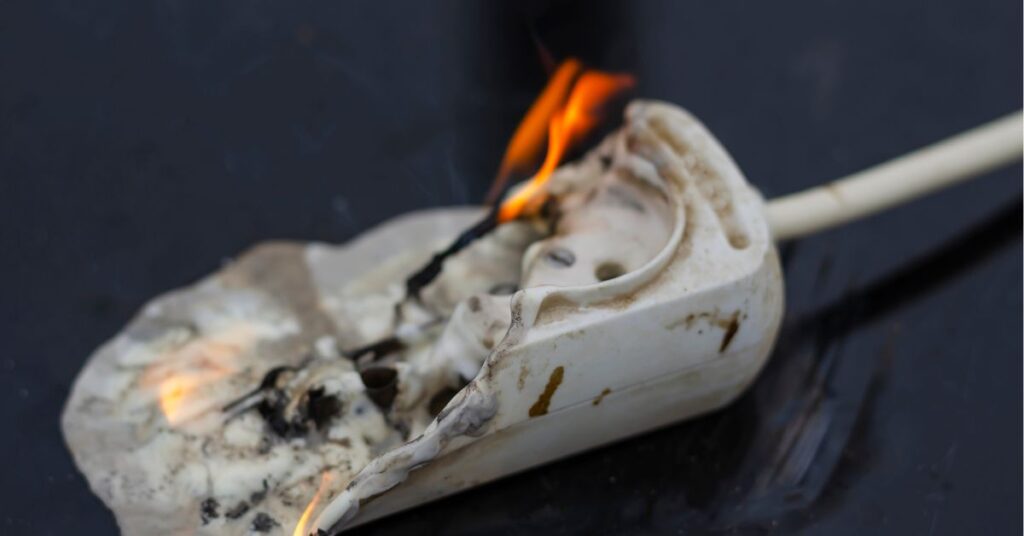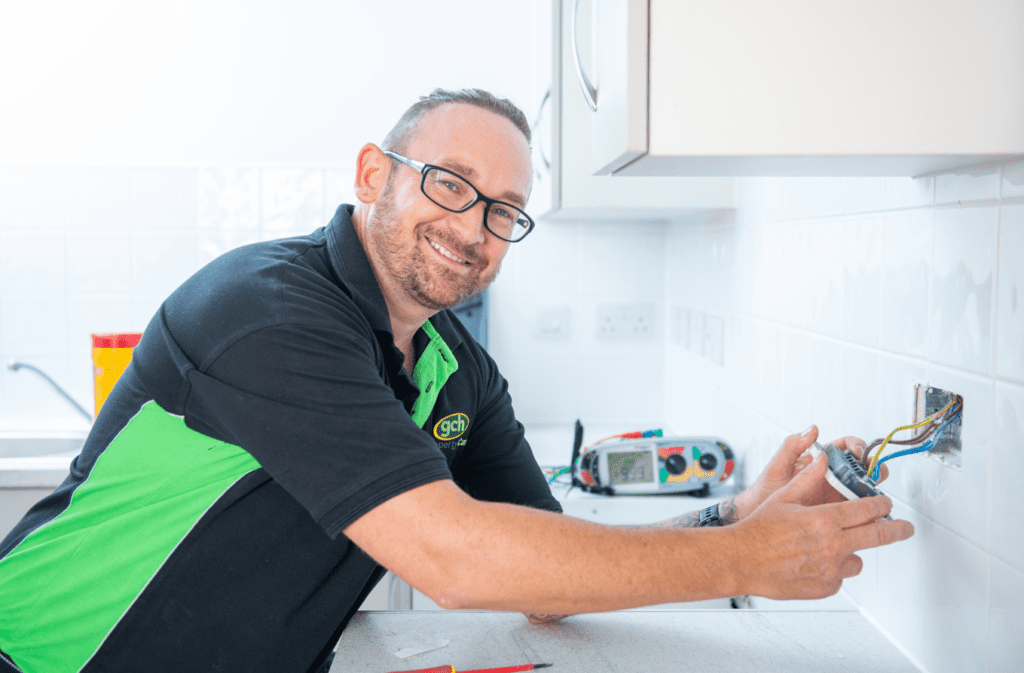We are duty bound to conduct regular electrical maintenance checks to make sure your property is safe.
- Fires started by faulty electrical distribution led to 496 fatalities or injuries in 2016/17
- 10% of all fires are caused by problems with electrical distribution (wiring, cabling or plugs)
- 3,455 people visited A&E during 2016-17 as a result of electric shocks.

When your body receives an electric shock
- Muscles tighten up, making it almost impossible to let go of the equipment
- Lungs constrict, making it hard to breathe.
- Heart constricts and blood vessels tighten.
- Burns occur where electricity enters and exits the body.
Electricity: The Do's and Don'ts
DON’T do it yourself!
DIY wiring can lead to electrical parts overheating, causing fires, shocks and death.
DO buy reputable electrical goods
Cheaper, ‘unofficial’ electrical products such as phone chargers may not meet safety regulations, increasing the risk of fire.
DON’T overload sockets
Plugging too many devices into one socket, and over-using extension leads can lead to overheating and fires.
DO allow electrical inspections to take place
Regular checks are the best way to be sure that electrical installations are safe, and to spot potential problems before it is too late.
It's the Law
What we must do regarding electrical installation maintenance
We must ensure that the electrical installation and electrical equipment we own in your property is safe
We must ensure your property is free of any serious electrical hazards, including:
- Exposed wiring
- Overloaded sockets
- Poorly installed electrical systems
We must make sure that any threats from accidental fires are minimised through:
- Ensuring Residual Current Devices (RCDs) are fitted.
- Ensuring the distribution board and wiring are regularly checked and maintained.
We must make sure any electrical work complies with the Building Regulations in particular Part P.
Some work (including new circuits, alterations to existing circuits in bathrooms, and replacement consumer units is notifiable. This must be verified by the issuing of a Building Regulations compliance certificate.
It is recommended best practice that we arrange for an Electrical Installation Condition Report (EICR) to be carried out at least every five years. EICRs are important to verify the electrical safety of properties and to spot hazards.
What we'll do
When we visit to check the electrics in your property we will:
Conduct a visual inspection of the electrics, checking:
- The electrical intake (where the electricity enters the property, near to the consumer unit/fuse box)
- The consumer unit
- The main protective bonding (which connects pipework with the electrics in a property)
- Any fixtures and fittings (such as light fittings and sockets)
- The condition of the wires, cables and protective containment (where it’s reasonably practical to do so)
Send a qualified, competent electrician, who may undertake a Periodic Inspection which will result in the creation of an EICR.
Carry out any necessary repairs or remedial work.
Please allow up to 4 hours for checks to be completed adequately.

